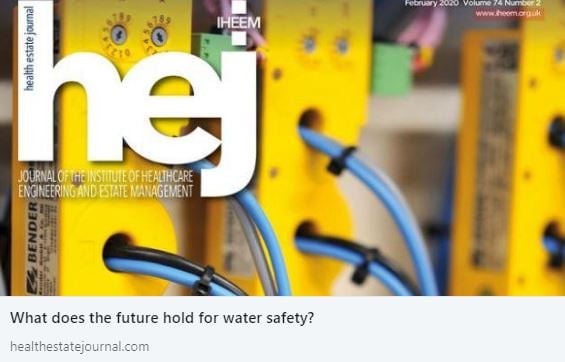
As the Managing Director and Authorising Engineer [Water], Daniel Pitcher brings many years of experience in tackling Legionnaires’ disease. He’s dedicated to sharing insights on the latest advancements in water safety, ensuring your company stays informed and protected.
Legionnaires’ disease was first identified in 1976 since then knowledge of the legionella bacteria including its ecology and means of control have developed considerably over the last 43 years. There have been some fundamental changes in the design of outlets and water system components.
From attending various events and routinely reading journals and papers there are always interesting developments in water safety - whether they involve rapid microbiological testing, developments with outlets, developments with pipework, advances in control strategies, or work as part of Water Safety Plans by Water Safety Groups
Why Should You Care About Legionella?
Legionella is no joke! This bacteria can lead to serious health risks, but knowing how to control it can make all the difference. With evolving technologies and smarter strategies, you have the opportunity to significantly reduce these risks.
What’s Changing in Water Safety?
We’re diving deep into the future of water safety! Here’s a sneak peek:
- How Taps Have Evolved: Discover how modern designs are changing the game.
- Intelligent Monitoring: Learn about remote sensing technologies that keep you one step ahead.
- Faster & Improved Testing: Explore revolutionary methods like PCR testing and immunomagnetic separation!
Your Free Insight Awaits!
Dive into our comprehensive article, "What does the future hold for water?" and arm yourself with knowledge that could safeguard your company against Legionella risks. Don't wait—stay informed, stay safe!
- Read the full article: What does the future hold for water






